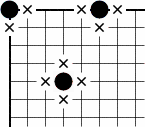
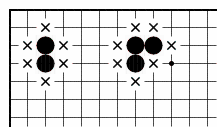
 |
 |
| ⟨Diagram 1⟩ | ⟨Diagram 2⟩ |
 |
| ⟨Diagram 3⟩ White captures Black ▲ stones. |
 |
 |
 |
 |
| ⟨Diagram 4-1⟩ | ⟨Diagram 4-2⟩ | ⟨Diagram 4-3⟩ | ⟨Diagram 4-4⟩ |
 |
 |
| ⟨Diagram 5⟩ | ⟨Diagram 6⟩ |
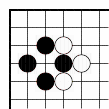 |
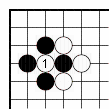 |
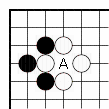 |
| ⟨Diagram 7-1⟩ | ⟨Diagram 7-2⟩ White captures first |
⟨Diagram 7-3⟩ Black cannot immediately play at A |
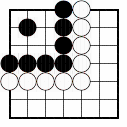 |
 |
| ⟨Diagram 8-1⟩ | ⟨Diagram 8-2⟩ |
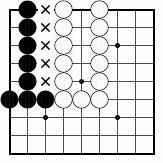 |
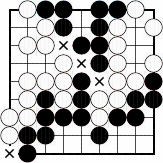 |
| ⟨Diagram 9⟩ | ⟨Diagram 10⟩ |
 |
| ⟨Diagram 11⟩ |
 |
 |
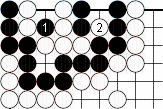 |
| ⟨Diagram 12⟩ | ⟨Diagram 13⟩ | ⟨Diagram 14⟩ |
 |
| ⟨Diagram 15⟩ |
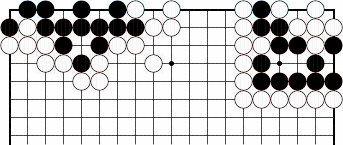 |
| ⟨Diagram 16⟩ |
 |
| ⟨Diagram 17⟩ |
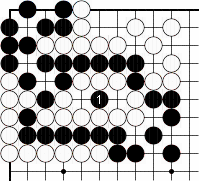 |
| ⟨Diagram 18⟩ |
 |
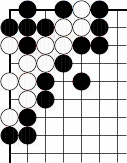 |
| ⟨Diagram 19⟩ | ⟨Diagram 20⟩ |